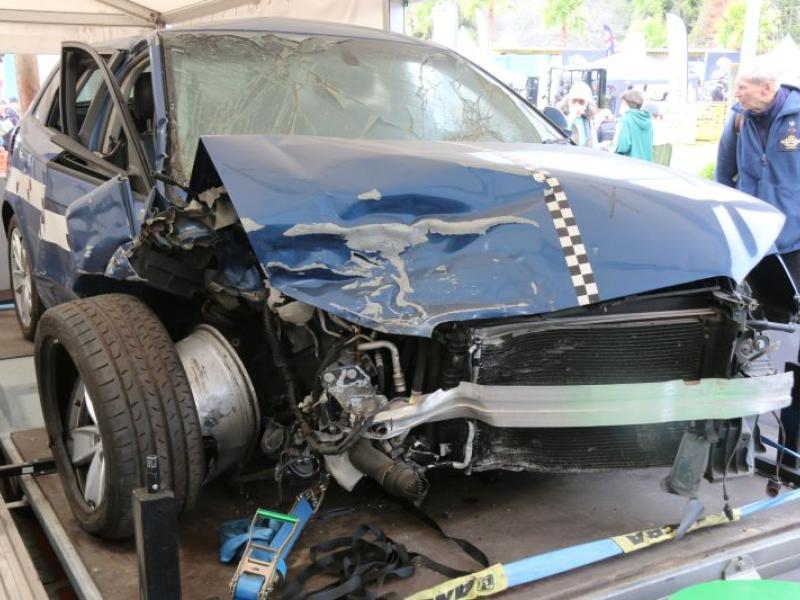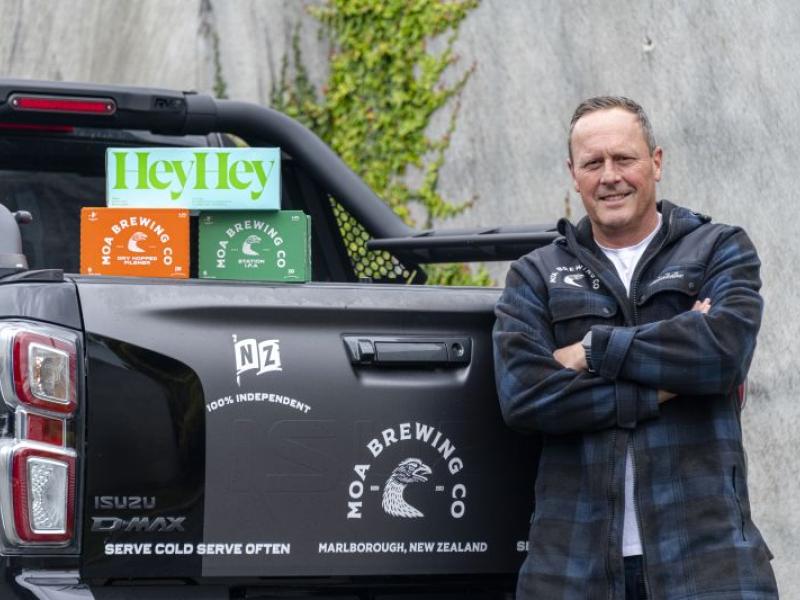Employees may be the people behind the wheel, but it’s the decisions Fleet Managers make which ultimately influence how safe a fleet is.
Legislation considers vehicles used for work as a workplace and subject to the same duty-of-care considerations. This means managers are liable for the consequences of an accident and may face severe penalties. For the safety of your drivers and your own peace of mind, it’s important you take a leading role in reducing risk.
This entails two strategies:
1. Bringing in the processes which will deliver immediate benefits with what you have.
2. Identifying where investments in fleet safety solutions will deliver further gains.
Getting started
A Vehicle Use Policy (VUP) sets out how employees can access and use company vehicles. The alternative, of using informal practices to govern how company cars are used, can result in ongoing, seemingly minor issues, growing over time into serious problems.
The VUP can support fleet safety by mandating simple daily checks such as working lights, windscreen washer levels, and tyre pressures. Or by reinforcing prohibitions on drinking and drug use. You can download a VUP template here: https://smartrak.com/vehicle-usage-policy-template/
Providing safe vehicles is another proactive step you can take. Start by making sure vehicle servicing is up to date and that daily pre-start checks are mandatory.
Then include safer vehicles in your replacement policy. ANCAP ratings are good indicators of safety but remember these ratings are reviewed regularly and reflect the latest advances in safety technology. This means a vehicle with a five-star rating from ten years ago isn’t as safe as a new vehicle with the same rating.
Check the ratings of your fleet here: https://www.ancap.com.au/
Take a look at driver training and education. An employee with the right training on using a vehicle, particularly if that training comes from a leadership figure, will hold onto the wisdom that’s shared and consider ‘knowing’ an indication of their own standing.
Get started by introducing vehicle guides to signal the importance placed on the correct operation of vehicles.
Don’t ignore the Grey Fleet. A privately-owned vehicle is still a workplace with all the employer duty-of-care responsibilities that come with it. Know what type of car employees are using for work: is it suitable for the tasks, are the warrant and registration current, what’s the service history? These efforts, alongside mandating pre-start checks, even at home, are important.
Building on your efforts
With these initial safety measures in place, it’s time to conduct a Fleet Safety Operational Analysis. This frames the outcomes that you should be aiming for.
It covers aspects such as the operational environment (urban or rural) and whether satellite coverage is required.
If your fleet operates from diverse locations or operates outside of normal hours, you will need to factor these in, alongside your fleet’s composition; are there specialist vehicles which need operator training?
Interaction with the public policies may also be a factor for employees engaged in animal or noise control.
Establish your goals
The Fleet Safety Operational Analysis will have provided a good indication of the environment the fleet works in, and it may also have highlighted areas for concern.
The next step is to establish your safety goals and maintaining visibility of vehicles is always high on every fleet manager’s list.
Tracking – or telematics – shows where vehicles are, how they are being driven and they can trigger an alert in the event a vehicle is in an accident.
If fleet vehicles sometimes operate outside of cellular coverage, you will also have to consider a satellite capable option to maintain that visibility.
With telematics on-board, you can deploy geofences to proactively identify when a vehicle may move out of cellular range and put steps in place. These could involve scheduled check-ins once a driver is back in cellular range, with a missed check-in signalling an issue.
Telematics can also help in tackling driver fatigue, allowing managers to identify trip durations to gain a basic understanding of drive times.
Bringing in a driver identification solution will build on this by ensuring you are accurately identifying whether the same driver has been at the wheel for the whole journey or has swapped out with a colleague part-way.
“Driver fatigue is involved in around 20 percent of fatal road accidents and 30 percent of severe single-vehicle crashes in rural areas.”
If your fleet operates in known fire or flood risk areas, you could also include GIS layers on your tracking solution’s map to identify the risk and proactively warn crews.
The tracking solution will also support an array of alert options. Automatic High Impact and Rollover (HIR) alerting will ensure a response is immediately triggered even if the driver is incapacitated.
The inclusion of a manual ‘duress’ button will provide welcome peace of mind for employees dealing with the public, allowing a discrete call for assistance in situations that become threatening.
To augment the benefits of tracking, fleets often include a driver behaviour solution. Being able to identify instances of speeding, or even harsh driving (acceleration, braking, and cornering) will support efforts to build a safer driving culture by highlighting to drivers where improvement is needed and providing the data necessary to measure it.
“For more than two decades, speeding has been involved in approximately one-third of all motor vehicle fatalities.”
A Fleet Manager can never be physically present for every kilometre driven by the fleet, but they can make the decisions that ensure every kilometre is safer.
Smartrak is a NZ leader in fleet management and safety solutions that ensure the safer and efficient operations of fleets.
Find out more at the www.smartrak.com website.






